A product roadmap is a critical tool for prioritizing, collaborating on, and planning out your product features. It is a blueprint for how a product or solution will evolve over time. Product managers use roadmaps to outline future product functionality and when new features will be released. It streamlines business goals into strategic and executable paths. In turn, project managers allocate resources and determine realistic schedules to achieve these objectives. When used in an Agile environment, a product roadmap provides critical context for the project team’s work and should be responsive to evolving product requirements or business goals. It also provides a very useful vehicle to communicate the product vision to the senior leadership with the goal of securing buy-in and commitment. In other words, roadmaps play a very strategic role and can help you deliver the right business outcomes when used optimally.
Roadmap vs. Gantt chart
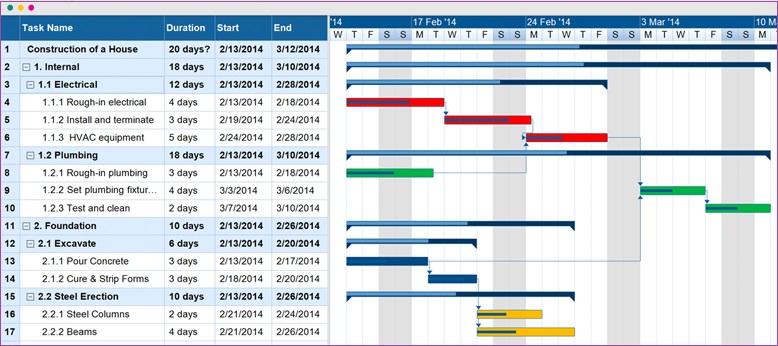
Some people confuse a roadmap with a Gantt chart. While conceptually similar, a Gantt chart and a roadmap serve very different purposes. A Gantt chart is focused tactically on delivering a project, while a roadmap is concerned with strategically aligning the product features with business goals. A Gantt chart is typically set up to manage a Project Plan, with detailed activities and their start and end times, as well as any sequential dependencies. It is focused on the task level project plan, whereas a roadmap is focused on a strategic feature timeline for a product. The two are very distinct and should not be confused with each other.
Sources of Product Feature Requests

The Product Manager or Product Owner is the custodian of the product roadmap. He or she is charged with managing and evolving the roadmap over time. The feature requests can come from a variety of sources. Perhaps the most important source is your existing customers that during the course of product usage have requested new features or enhancements. Another very productive source of Feature Requests is your sales prospects, who can communicate certain feature requests during a product demo. Yet another source of feature requests are your sales and marketing teams – they usually have a good pulse on what the customers and the market desire in your product. Your development teams are also a source, because they are in the best position to know of any hidden product weaknesses. Finally, customer success teams are also a valuable source because they work with onboarding and enabling your new customers, and therefore are in a great position to help build features that help enable customer success and lower customer churn.
The Nuts and Bolts of a Product Roadmap
The most critical building block of a roadmap is the product feature. A product is nothing but a collection of features that evolve over time through a lifecycle of their own. It is important to make the distinction between a feature and a user story. A feature is much more than a user story, and often maps to one or more epics, or user stories. In some cases, a Feature might indeed map to a single User Story. In other words, the composition of a Feature can vary significantly. An example below shows “Text Messaging” as a feature you may consider building into your product.
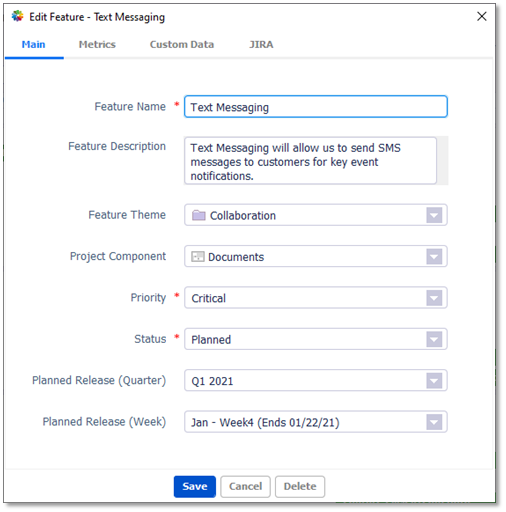
The basic attributes of the Feature you should capture are: name, description, theme, component, priority, status, planned release quarter and week. Feature theme and product component are a great way to group the features into independent logical themes and components. They allow you additional flexibility in terms of visualizing and grouping features.
In addition, you can also capture additional metrics such as business value, development complexity, development duration and hours. These additional metrics can be an excellent source of methods for helping you prioritize the features.
Once you have a Feature set defined, the other critical aspect of a roadmap is the timeline that specifies what feature shall be built and delivered when. The timeline can usually be the next 6 months, 9 months, 1 year or 2 years. The timeline view of the product features is nothing but the product roadmap.
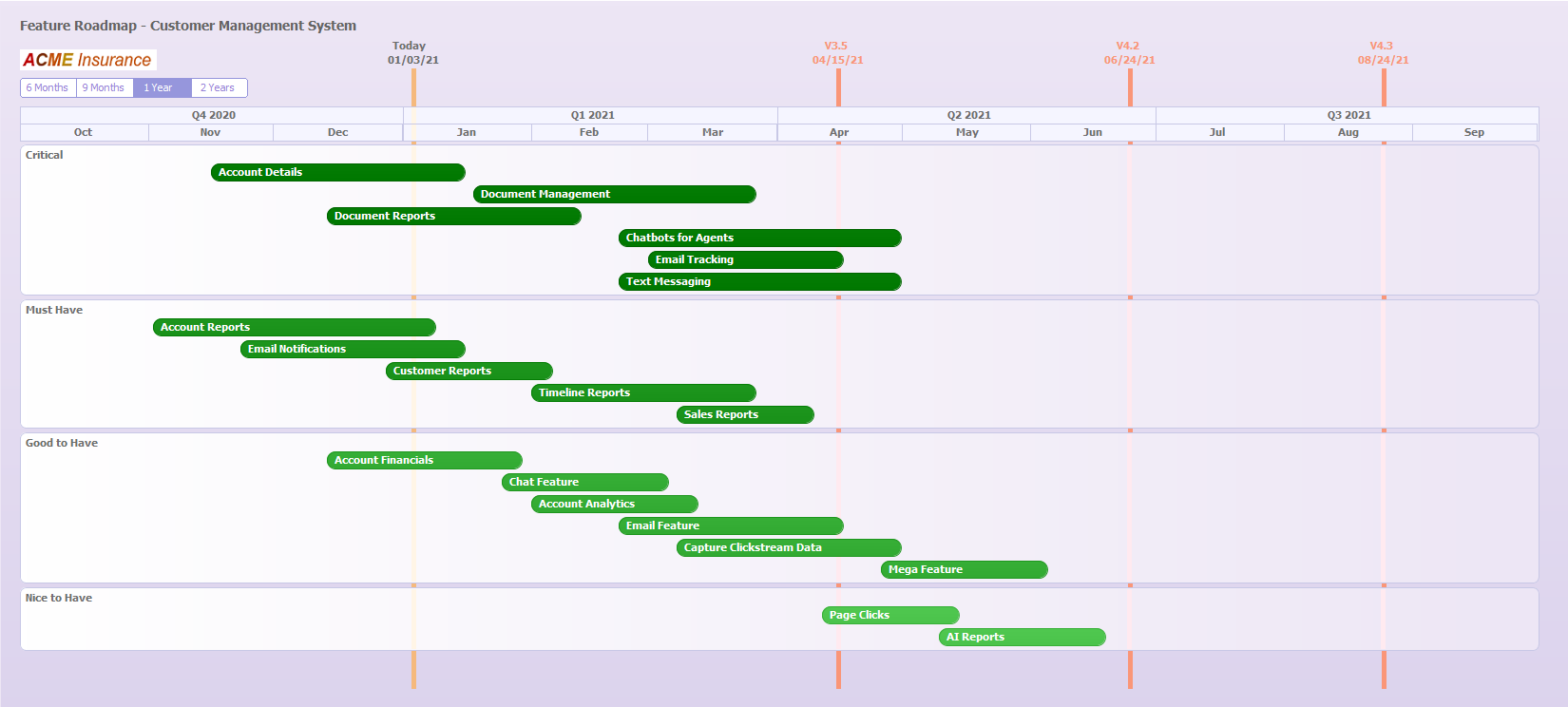
Lifecycle of a Product Feature
Product features go through a lifecycle of their own over time. They start out as “New”, and then eventually end up as either “Released” or in some cases as “Rejected”. As shown below, the feature goes from “New” to “Planned”, then “In Development” and finally to “Released” status. Note specifically the notion of “Planned” here indicates that the feature has been committed against business goals and company management has agreed to spend the resource on it. Once a feature goes through the prioritization process and is planned, it should appear on the roadmap. New features should not appear on the roadmap, until they are prioritized and approved. The new feature backlog represents the incoming pile of all feature from the various sources, and not all of them will end up being planned.
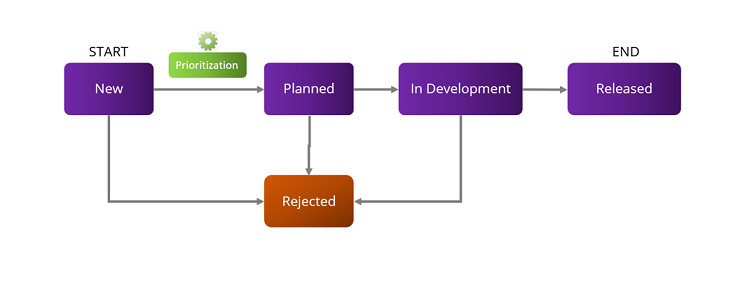
Planning and Prioritizing Features
The feature request backlog represents the incoming pile of all features from the various sources we talked about. This backlog is your starting point for prioritizing the product features. There are numerous techniques available for prioritizing features that you can pick from. These techniques nominally rely on the notion of maximizing ROI to your business. This should therefore take into consideration the cost and benefit associated with the feature, as well as a notion of risk.
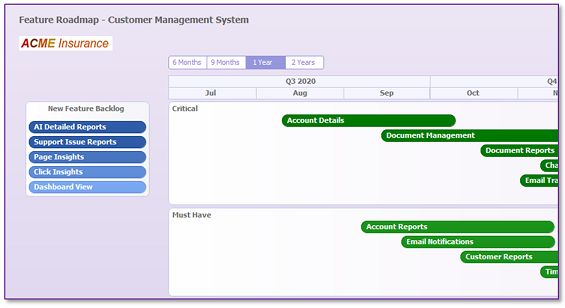
As we described previously, on the detailed metrics section of a Feature, you can track the business value and development complexity. Development complexity can be represented by simple segmented values (High/Medium/Low), or by even using development effort in total hours and total duration. The more fine-grained your metrics are, the more likely it is that you can build a fine-tuned prioritization process that aligns well with your business goals. Indeed, you can even calculate a composite “value score” that represents the ROI delivered to your business. It’s easier to persuade the key stakeholders when you can present concrete and numerical ROI scores instead of vague anecdotes. We will cover the topic of feature prioritization in much more detail in an upcoming blog, so be on the lookout for it if it interests you.
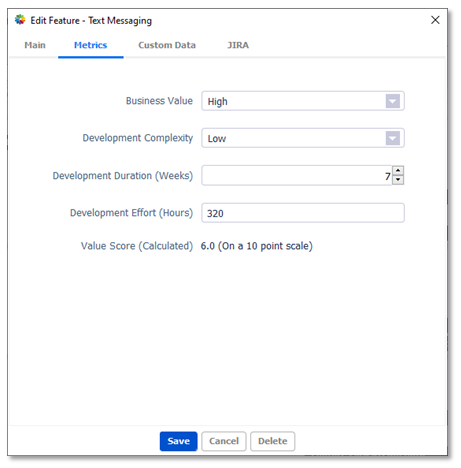
Communication and Collaboration
The roadmap is a very cross-functional artifact and benefits diverse stakeholders in the organization. It helps inform sales and marketing teams in positioning the product in the market. As the product roadmap is being built, and when completed, it should be shared with the entire organization such that everyone understands the vision and direction. In many organizations, product owners create roadmaps in disparate PowerPoint slides or spreadsheets, and then email the slides and spreadsheets out to the team. The use of a standardized and modern product roadmap management system improves efficiency and reduces ambiguity, while facilitating communication, consensus and alignment with product stakeholders. This collaboration will promote opportunities to receive feedback that helps re-adjust your objectives and features.
Alignment with Business Goals

Reports
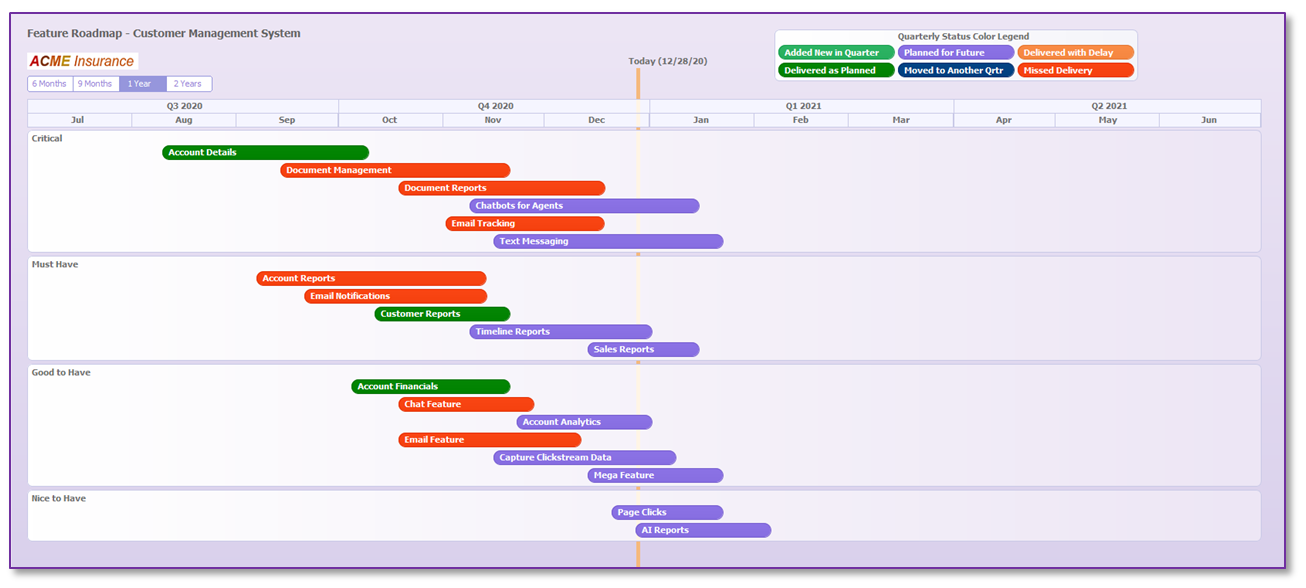
Closing Thoughts

